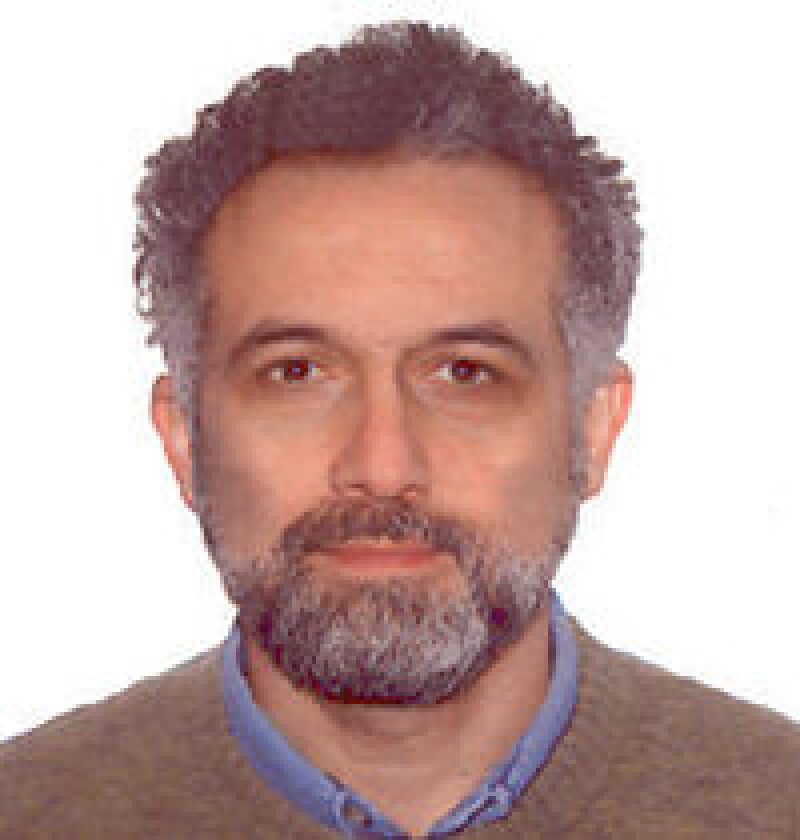The next few years will be quite challenging for costly heavy-oil production because of the recent slump in oil prices. To sustain its current level, which comprises roughly 12–15% of total production, process efficiency should be enhanced. Cost control is one of the ways to achieve this. I selected a few example papers on heavy-oil production by improved waterflooding at a relatively low cost (SPE 169490 and SPE 174491) and on practical management applications to enhance the primary production (SPE 177914 and SPE 169396) as additional-reading suggestions. An alternative for improving the efficiency of “flowable-heavy-oil” recovery is to use traditional chemicals (typically polymer/surfactant/alkaline combinations). SPE 169715, as synopsized in the next pages, covers the Canadian experiences of chemical applications.
Ongoing thermal applications cannot be stopped because of technical reasons, but they need to be optimized to reduce the cost or be supported by auxiliary methods to improve recovery. The use of chemicals is one method to achieve the latter. SPE 176703 was selected as an interesting field application of steam-stimulation efficiency improvement by better sweep and water shutoff using gels. There are, on the other hand, cases that entail more-advanced and -expensive applications. Without “solventing” or heating them, no production is possible to recover extraheavy oil or bitumen.
Another work selected as a synopsis paper for this issue (SPE 175414) reports the pilot results of a solvent-enhanced steam application. Despite its extreme cost, this combination is inevitable in the case of bitumen, especially in unfavorable geologies such as carbonates. One of the reading suggestions is SPE 169035, which reports the initial observations on a steam-heating pilot application in such a geological environment.
Before closing, I would like to bring your attention to two critical points as we experience one of the more severe economic downturns in the oil industry. First, research on technology for heavy-oil recovery must go on one way or another. A great deal of effort has been devoted to new applications such as solvent use with thermal processes, electromagnetic heating, and nanomaterials at the laboratory or field scale during the last decade. They should be concluded for the next expected cycle of higher oil prices. Second, cost-effective solutions should be sought and materialized immediately to sustain many ongoing heavy-oil (especially thermal) operations. One option is to search for cost-effective chemicals. Selection of these temperature-resistant chemicals requires additional research efforts to carry the results over to the field for cost-effective applications as quickly as possible. Similar chemical-selection processes may be considered to enhance ongoing waterflooding applications for relatively “lighter” heavy-oil cases.
This Month's Technical Papers
Chemical EOR for Heavy Oil: The Canadian Experience
Solvent-Enhanced Steamdrive: Experiences From the First Field Pilot
Pilot Tests of New Enhanced-Oil-Recovery Technologies for Heavy-Oil Reservoirs
Additional Reading
SPE 169035 Design, Implementation, and Early Operating Results of Steam-Injection Pilot in Already-CO2-Flooded, Deep, Heavy-Oil, Fractured Carbonate Reservoir of Bati Raman Field, Turkey by Secaeddin Sahin, Turkish Petroleum Corporation, et al.
SPE 169396 Boscan Field—Highly Deviated Wells To Avoid Water Production in a Heavy-Oil Reservoir Influenced by an Active Aquifer by R. Plaza, Petroboscan, et al.
SPE 169490 Alkali-Metal Silicides: A New Material for Heavy-Oil Production Processes by Paul H. Krumrine, SiGNa Chemistry, et al.
SPE 174491 Successful Application of Hot-Water Circulation in the Pelican Lake Field: Results and Analyses of the E29 Hot-Water-Injection Pilot by Kirk Duval, Cenovus Energy, et al.
SPE 177914 Successful Chemical Water-Shutoff Treatment in an Omani Field Heavy-Oil Well by Guillaume Dupuis, Poweltec, et al.


